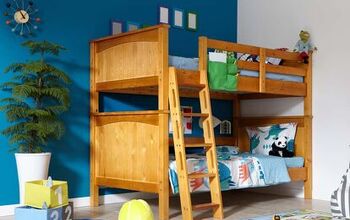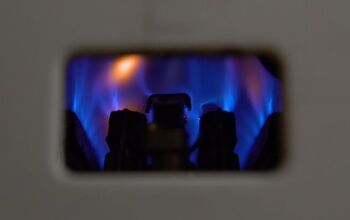2 Shower P-Trap Alternatives (That Can Work)

P-traps are an integral part of plumbing, particularly when it comes to showers. They can prevent sewer odors and wastewater from seeping out and into your home. They aren’t always an option, so what are the best shower P-trap alternatives?
The best alternative to a shower P-trap is a bottle trap, but they aren’t allowed everywhere so you must check local codes. Bottle traps are sleek and you can easily fit them under a shower or sink. HepvO valves are waterless and are the perfect shower P-trap alternative if you have an RV.
It is important to refer to local building codes before you swap out your shower’s P-trap. The last thing that you want to do is install an alternative that won’t pass an inspection when you sell your home. Follow along as we explore the best shower P-trap alternatives.
Why Do You Need a P-Trap?
The main reason for needing a p-trap is to protect you from harmful sewer gasses. Without a trap, sewer gasses would enter your home from the sewer via the drain pipes. The gasses would then escape through the drains of your showers, tubs, and sinks, spreading into your house.
A p-trap features a curved design that enables it to remain full of water. The water is what creates the seal, as the sewer gasses won’t pass through it. The gasses then divert to vent pipes, exiting out of your home through the roof.
Without a p-trap, dangerous gasses like methane and carbon monoxide would continue up the drain pipe. Having no barrier to stop them, the gas would leach into your home, exposing you to potential health risks.
Reasons a P-Trap Won’t Work for You
Considering the possible dangers and risks involved with having no p-trap, it becomes easy to see why code requires them. However, there are some situations in which a p-trap might not be practical or even possible.
In some cases, you might not have enough room for a P-trap to fit. For example, there could be, for whatever reason, a very tight squeeze between your wall and drain or something similar.
Also, in a tiny house or RV set-up, the P-trap might drop below the floor. Unlike in a typical house where it would be within the structure or a crawlspace, it ends up outside in the elements. When the temperatures drop, this can become an icy problem.
Now, sometimes, in a home where the p-trap has a tight squeeze, a plumber can offset the drain under code. He would run a drain horizontally to bring it to the wall, then drop it down to the trap. To do this, you would need to use two tight-radius elbows in the drain line.
Shower P-Trap Alternatives
P-traps are an important part of plumbing fixtures such as sinks and showers. It can be tricky to find an alternative for a shower P-trap because of how tried and true they are. The purpose of a P-trap is to prevent wastewater from backing up.
They also stop sewer gases from coming out of the drain and into your home. That is why P-traps are essential, but they aren’t the only option when it comes to showers. Let’s look at the two best shower P-trap alternatives.
HepvO Valve
The best shower P-trap alternative for RV owners is the HepvO valve. They are essentially a short tube and diaphragm that acts similarly to a P-trap. You won’t need to worry about the backflow of wastewater with a HepvO valve.
HepvO valves are the most diverse shower P-trap alternative because of their many uses. You can use HepvO valves for washing machines, garbage disposals, bathtubs, and showers. HepvO valves cost between $25 and $32, and they are worth it if you want an alternative to a standard P-trap.
Bottle Trap
Bottle traps are a great shower P-trap alternative, but only if it is allowed in your area. Not all building codes allow you to install a bottle trap for your shower. The main benefit of bottle traps is that you can easily fit them in small places because of their slender design.
Homeowners use bottle traps underneath sinks most commonly, but they work with showers as well. However, you must check your local building codes to make sure that it is permissible in your area. They are easy to install and you can unscrew a bottle trap to remove a blockage if the trap is clogged.
Types of Traps
There are several other types of plumbing traps, but it’s important to note that many are not code-compliant. However, here is a glance at other types of plumbing traps.
Floor traps (Nahni traps) install on the floor and collect wastewater from things like the kitchen sink, bathroom areas, etc. They come in various shapes and sizes but are often poorly designed and a huge source of leaks.
Gully traps go outside of a building and connect to an external sewer line. They collect wastewater from various sources like sinks and tubs.
Grease traps separate grease from wastewater, so grease doesn’t enter and clog the water system.
You most often find building traps and interceptor traps in industrial applications. People no longer use other traps like drum traps and bell traps because they aren’t self-scouring.
Related Questions
What are the signs of exposure to sewer gasses?
Harmful sewer gasses include things like carbon monoxide, methane, and hydrogen sulfide. Carbon monoxide can be deadly and even scarier; you can’t detect it on your own. Therefore, it’s essential to install carbon monoxide detectors in your home. This gas can ever cause health issues when you’re exposed to low levels. You might notice things like dizziness, headaches, confusion, or vomiting. You’ve probably heard many scary stories about people who died in their sleep from carbon monoxide exposure. Methane can suck oxygen from a room, causing suffocation and death. Plus, if you light a match, you’ll cause an explosion. Hydrogen sulfide can also poison you as well as cause a potential explosion if exposed to an open flame. Signs of hydrogen sulfide poisoning are headaches, nausea, dizziness, seizures, and skin, and eye irritation. In high enough concentrations, it can be fatal.
How can you tell if your p-trap fails?
If your p-trap leaks, then it won’t do its job correctly. If water leaks out of the trap, it won’t create the proper seal to prevent sewer gasses in your home. Also, if you don’t use the shower enough (or tub or sink), the water could potentially evaporate. When this happens, it also can cause the trap to fail. You might notice a visible leak if something is wrong with the trap. Or, you may start to experience some foul sewer odors. In your shower, you may also notice standing water.If your p-trap fails, for any reason, it’s essential to address the issue immediately as it’s a safety concern. If you’re not confident in your DIY plumbing skills, contact a professional plumber to handle the job. To replace the p-trap, it will probably cost between $200 and $350, depending on the setup and the plumber’s rate.
More Related Guides

Stacy Randall is a wife, mother, and freelance writer from NOLA that has always had a love for DIY projects, home organization, and making spaces beautiful. Together with her husband, she has been spending the last several years lovingly renovating her grandparent's former home, making it their own and learning a lot about life along the way.
More by Stacy Randall



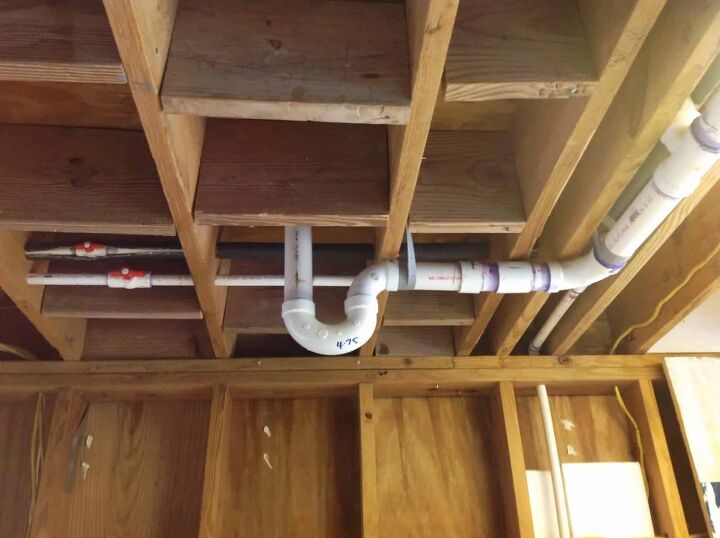






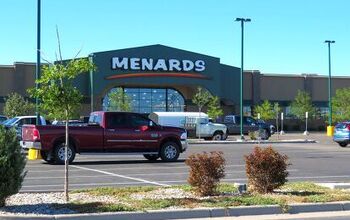
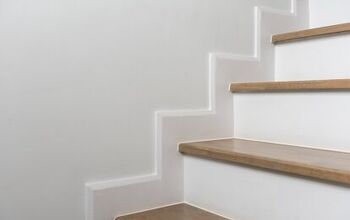
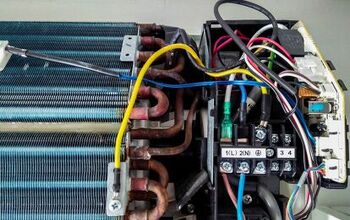
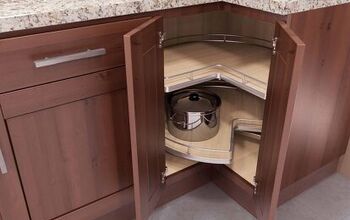
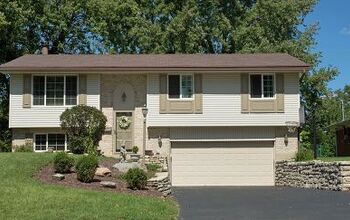
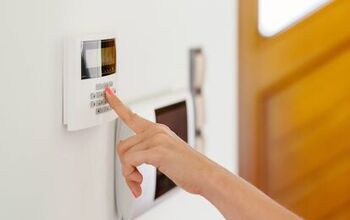
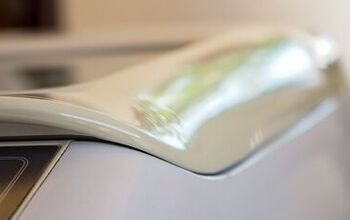
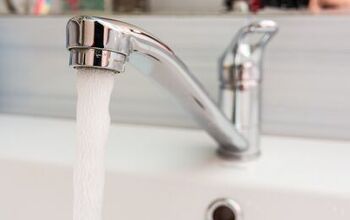

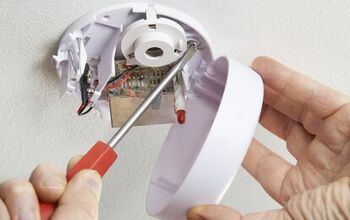
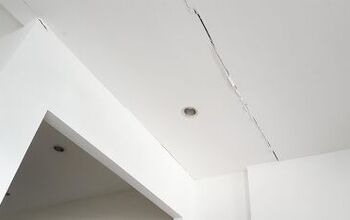
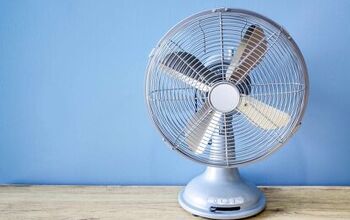
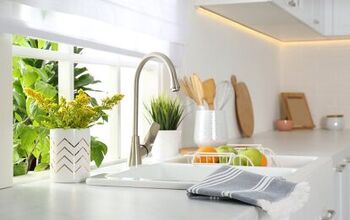
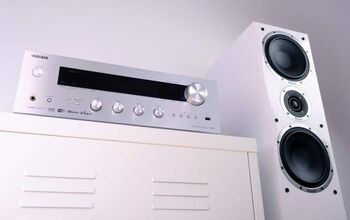
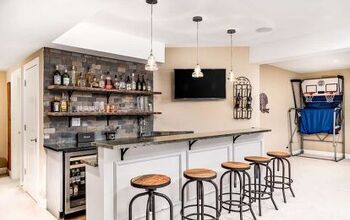
![12 Washing Machine Brands to Avoid [with Recall Data]](https://cdn-fastly.upgradedhome.com/media/2023/07/31/9075781/12-washing-machine-brands-to-avoid-with-recall-data.jpg?size=350x220)
